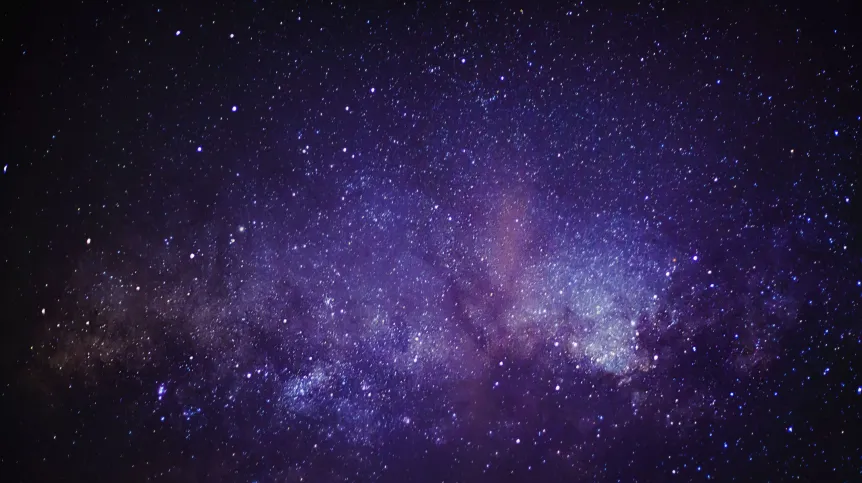
Recent simulations of our cosmic neighbourhood indicate that there may be as many as a dozen small galaxies around the Milky Way waiting to be discovered. The international research team includes scientists from Poland, the Centre for Theoretical Physics of the Polish Academy of Sciences reports.
Our galaxy, the Milky Way, belongs to a cluster of galaxies called the Local Group. Together with Galaxy M31 in Andromeda, it plays a dominant role in the Local Group. We know of dozens of smaller galaxies in this region, but the latest computer simulations suggest that there may be 12 more ultra-scattered galaxies waiting to be discovered.
If such galaxies can be found by observation, it could be of great importance for cosmology and understanding the Universe, because the number of galaxies in the Universe is an important prediction of various cosmological models. Estimating the population size of ultra-scattered galaxies would allow scientists to rule out some of these models.
Ultra-scattered galaxies have masses of up to one billion suns, or about one-thousandth the mass of the Milky Way. They may be scattered over an area comparable to the size of the Milky Way. Due to their properties, they shine very faintly and are difficult to observe.
So far, few such faint galaxies have been detected in the Local Group. Most of them are satellites of the Milky Way or M31, and only two are isolated. It is not known whether more ultra-scattered galaxies can be expected in the Local Group.
Scientists decided to verify this by analysing it in hydrodynamic simulations with some limitations, using a set of simulations called HESTIA. It turns out that simulations predict that there could be up to 12 more isolated, ultra-scattered galaxies in the Local Group, some of them may be detected in already collected data from sky surveys such as the Sloan Digital Sky Survey, and others should be possible to be detected by future sky surveys.
The research was conducted by an international group led by scientists from Poland (Dr. Oliver Newton, CTP PAS Warsaw), Spain (Dr. Arianna Di Cintio and Dr. Salvador Cardona-Barrero, IAC/ULL Tenerife) and Germany (Dr. Noam Libeskind, AIP Potsdam). The results were published in March in The Astrophysical Journal Letters (DOI 10.3847/2041-8213/acc2bb). (PAP)
cza/ agt/ kap/
tr. RL













